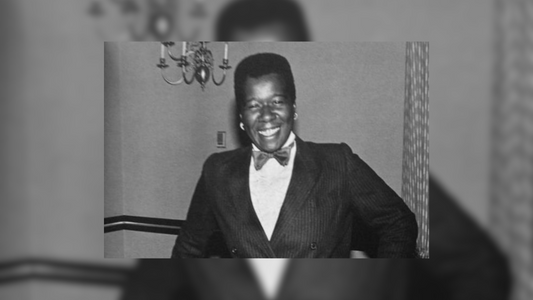The U.S. presidential election process can be complex, especially when it comes to understanding the differences between the popular vote and the Electoral College. These two systems work together to determine who will become the next President of the United States, but they do so in distinct ways that can sometimes lead to unexpected outcomes.
The Popular Vote
The popular vote is the straightforward, direct tally of all votes cast by citizens across the country. When you go to the polls on Election Day, you are participating in the popular vote. This is a simple, democratic process where each vote counts equally, and the candidate who receives the most votes wins. In many elections, the popular vote is the deciding factor—think of local, state, and congressional races where the candidate with the most votes secures office.
The Electoral College
The Electoral College, however, is unique to U.S. presidential elections. Instead of directly electing the President by popular vote, the Founding Fathers established the Electoral College as a compromise between electing the President by a vote in Congress and by popular vote.
In the Electoral College system, each state is allocated a certain number of electors based on its representation in Congress (which is determined by the state’s population). For example, a large state like California has 54 electoral votes, while a smaller state like Wyoming has just 3. When citizens vote for a presidential candidate, they are actually voting for a slate of electors pledged to that candidate. These electors then cast the official votes for the President.
How the Popular Vote Might Not Win
One of the most significant features—and potential flaws—of the Electoral College is that it can produce a winner who did not receive the most votes nationwide. This occurs because of the "winner-take-all" system used by most states, where the candidate who wins the majority of the popular vote in a state receives all of that state's electoral votes.
As a result, a candidate can win key states by small margins, securing a large number of electoral votes, while the other candidate wins by large margins in other states but garners fewer electoral votes overall. This discrepancy means that a candidate can lose the national popular vote but still win the presidency by obtaining a majority of electoral votes.
Examples of Electoral College vs. Popular Vote Outcomes
This phenomenon has occurred in several U.S. elections. Most notably, in the 2000 election, George W. Bush won the presidency with 271 electoral votes, while Al Gore won the popular vote by more than 500,000 votes. More recently, in the 2016 election, Donald Trump won the Electoral College with 304 votes to Hillary Clinton's 227, despite Clinton receiving nearly 3 million more votes nationwide.
The Debate Over the Electoral College
The existence of the Electoral College has sparked ongoing debate. Supporters argue that it preserves the voice of smaller states and ensures a balanced representation of the entire country. Critics, however, contend that it can undermine the principle of "one person, one vote" by allowing a candidate who loses the popular vote to win the presidency.
As the U.S. continues to evolve, so does the conversation around the Electoral College and whether it remains the best method for electing the nation’s highest officeholder. Regardless of where one stands on the issue, understanding the mechanics of both the popular vote and the Electoral College is crucial for making informed decisions as a voter.




